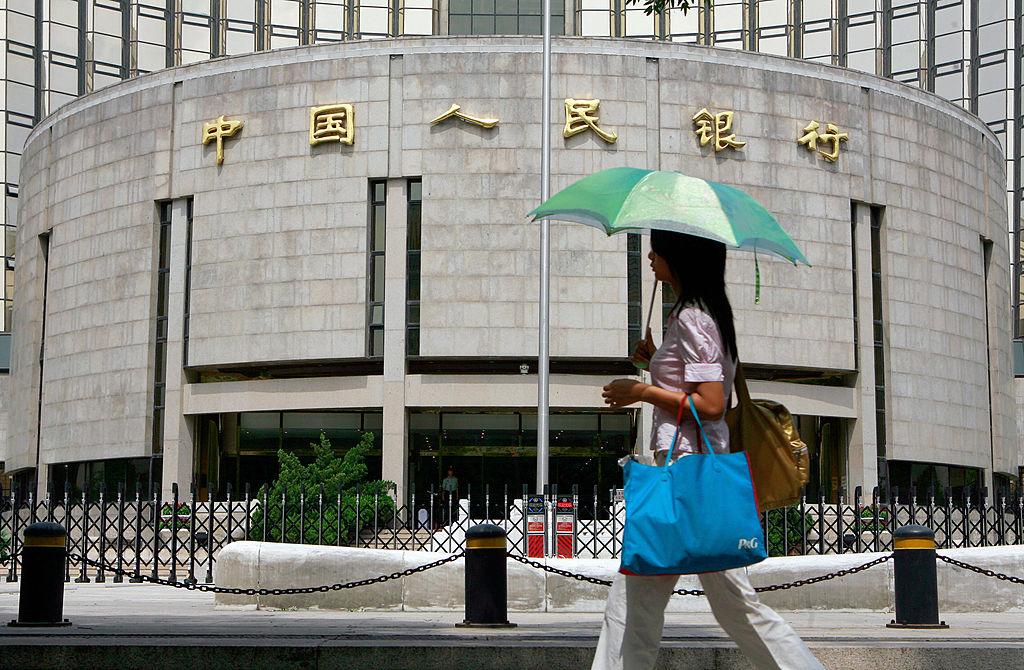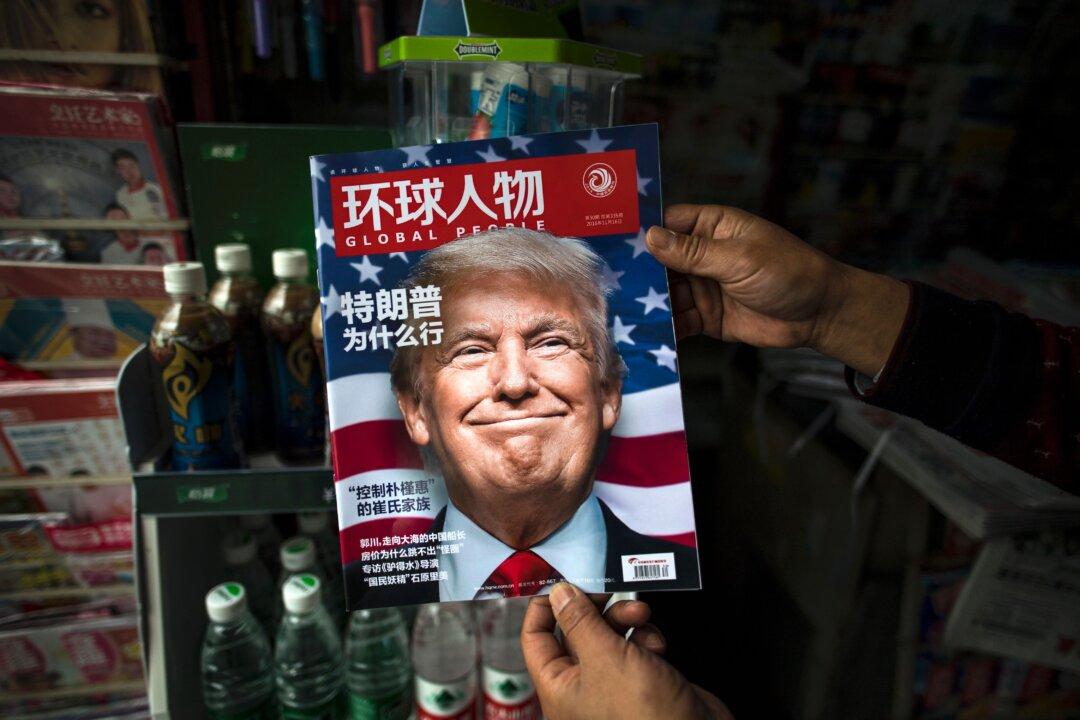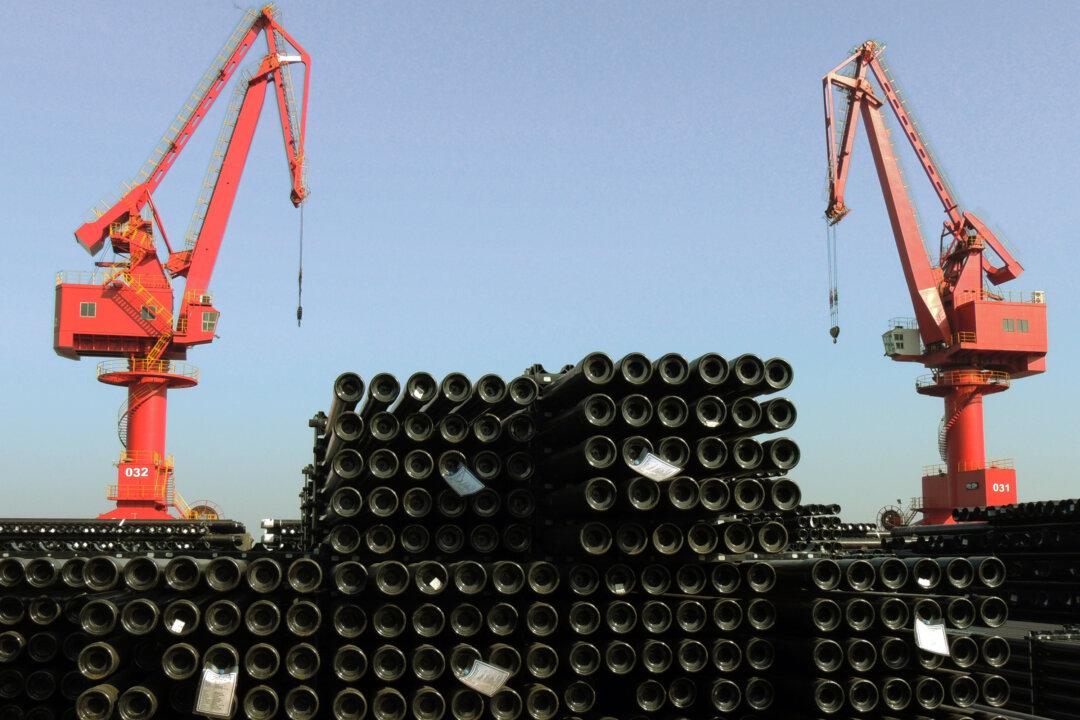The annual Fortune 500 list was published on July 20. The number of Chinese companies has increased from 106 in 2015 to 110 this year, more than 20 percent of the total list and close to the number of U.S. companies. Thirteen Chinese enterprises, including Vanke, made it on the list for the first time.
Fortune 500 is regarded as a mirror of the global economy. Over the years, despite the global economic landscape having undergone tremendous changes, emphasis on Fortune 500 has not changed much. Fortune 500 companies account for approximately 40 percent of global production, 50 percent of international trade, 60 percent of international technology trade, and 90 percent of international direct investment. It indeed represents the economic strength of a country and is a country’s most important “business card.”
However, when we examine industry distribution, profitability, international influence, and brand competitiveness, these 110 Chinese companies perfectly mirror the distorted state of China’s overall economy.
Industry Distribution
Most of the Chinese Fortune 500 companies operate in the petroleum, finance, electric power, iron and steel, automobile, coal, and non-ferrous metals sectors. Over many years, this industry distribution has not changed substantially, and these industries either have a monopoly status, or suffer excess capacity or huge losses.
Currently, China is making great efforts to reduce production and eliminate zombie companies — unproductive state-owned enterprises that are kept alive through loans. In other words, these Fortune 500 companies undoubtedly represent the Chinese economy’s shortcomings rather than its competitiveness.





